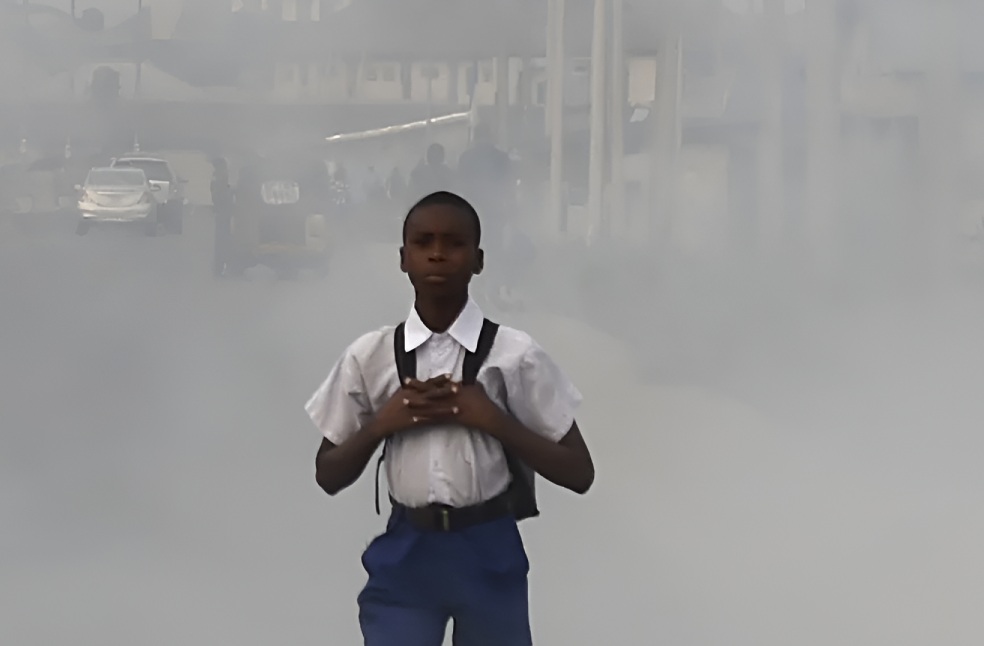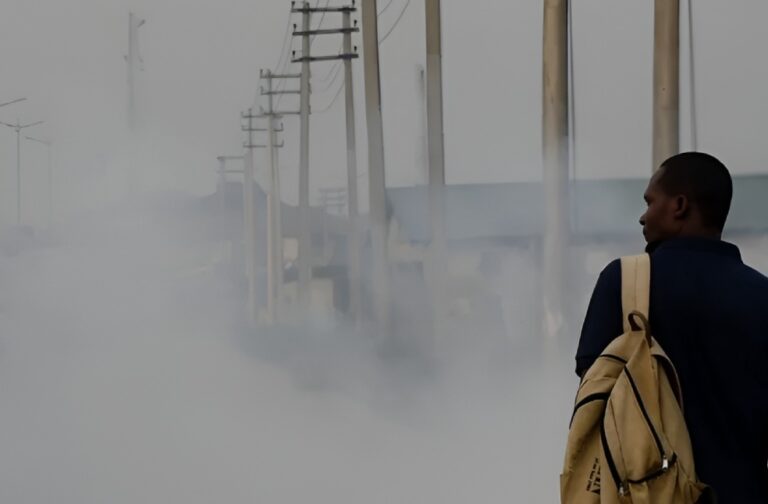Delhi: Delhi’s polluted air is frequently falls into the “hazardous” category, as categorised by the World Health Organization, especially between October and January. The Indian Health Ministry has recommended avoiding outdoor activities and limiting physical effort during such periods, particularly for vulnerable groups such as children and the elderly. A 2022 study by the University of Chicago’s Energy Policy Institute found that air pollution in Delhi could shrink lifespans by nearly a decade.
Saurabh Bhasin, a corporate lawyer from Delhi, once valued the winter months in the city where he was born. But over the years, his fondness turned into fear as the air quality during winter months declined to hazardous levels. In 2015, in response to the toxic air, Bhasin filed a petition in the Supreme Court, seeking a prohibition on firecrackers, which contribute significantly to Delhi’s pollution. While the court issued regulations, the city’s air quality persisted to worsen. By 2022, Bhasin’s daughter was diagnosed with asthma, prompting his family to relocate to Goa, 2,000 km away, in search of cleaner air.
Bhasin’s move echoes a growing trend among Delhi residents who can afford to leave the city during winter months to escape the hazardous air. But for millions who cannot leave due to financial constraints, the air pollution crisis has evolved into an inescapable reality.
Rekha Mathur, a resident who also migrates every winter to the outskirts of Dehradun, shares Bhasin’s concern. She migrated due to the worsening air quality, but with her husband staying in Delhi for work, she faces the challenge of being disconnected from her partner while caring for their child. The escalating pollution is no longer confined to Delhi—smaller cities like Dehradun are also facing smog-induced health risks, adding to Mathur’s hesitation about the future.
Despite decades of attempts by the Indian Supreme Court to address pollution—including migrating industries and promoting cleaner vehicles—Delhi’s air quality remains a persistent issue. This winter, authorities imposed measures such as restricting construction and breaking demolition activities to curb pollution, but the situation has not improved.

Journalist Om Thanvi, who moved to Rajasthan in 2018 to escape Delhi’s air quality, has no plans to return. Om Thanvi stated that, “I had to use an inhaler in Delhi. But since I moved here, I don’t even recollect where it is.” While he advises others to leave Delhi if possible, for many, this is not an option.
Sarita Devi, a migrant worker from Patna, continues to live in Delhi despite the air quality. As a street vendor, she spends hours outdoors, unable to afford to leave for healthier air. Sarita Devi explains that, “I can’t go back to Patna because I can’t earn money there,” pointing out that even smaller cities in North India face similar pollution challenges.
For families like the Bhasins, the decision to leave Delhi was a difficult one, but ultimately, it was driven by a desire to protect their child’s health. Bhasin stated that, “We are no longer willing to pay the price with our child’s health.” As air pollution in Delhi continues to worsen, the city’s residents are left grappling with the question of how long they can endure living in the smog.



